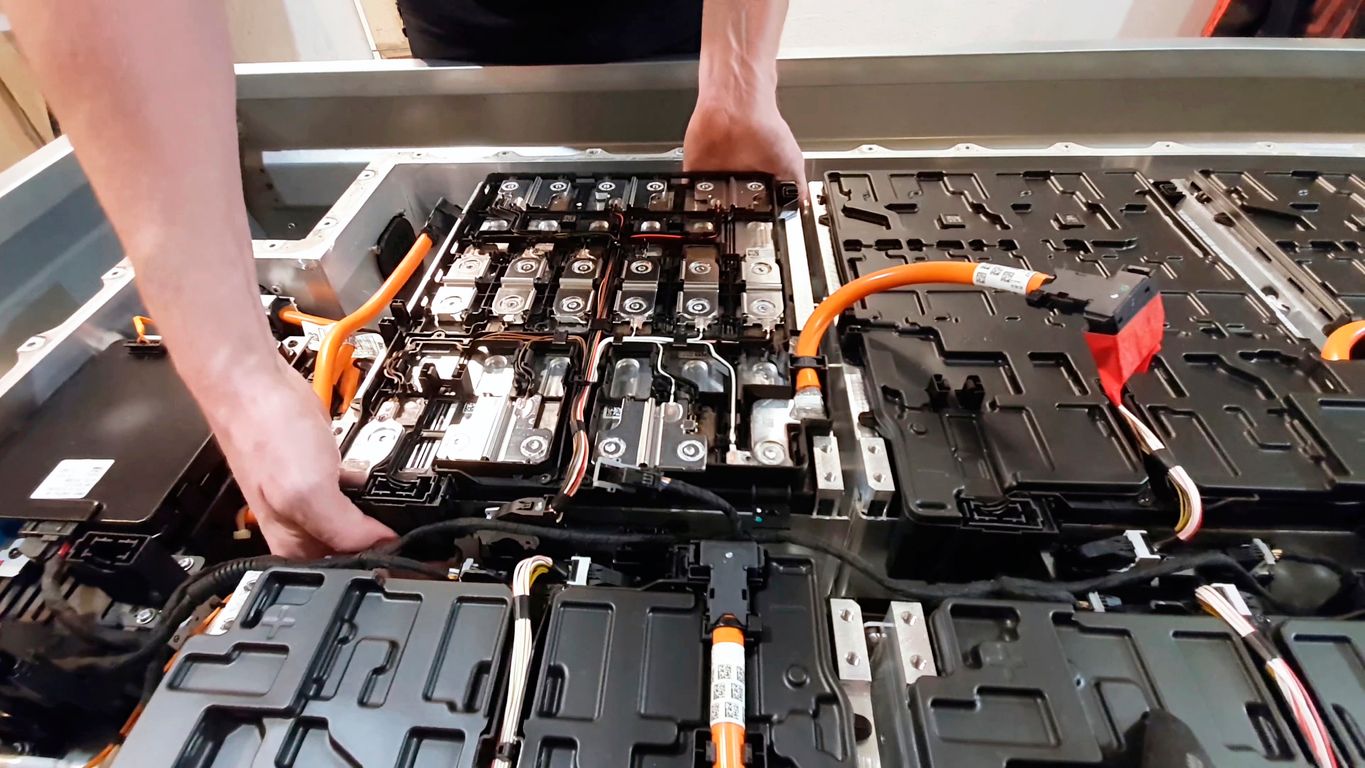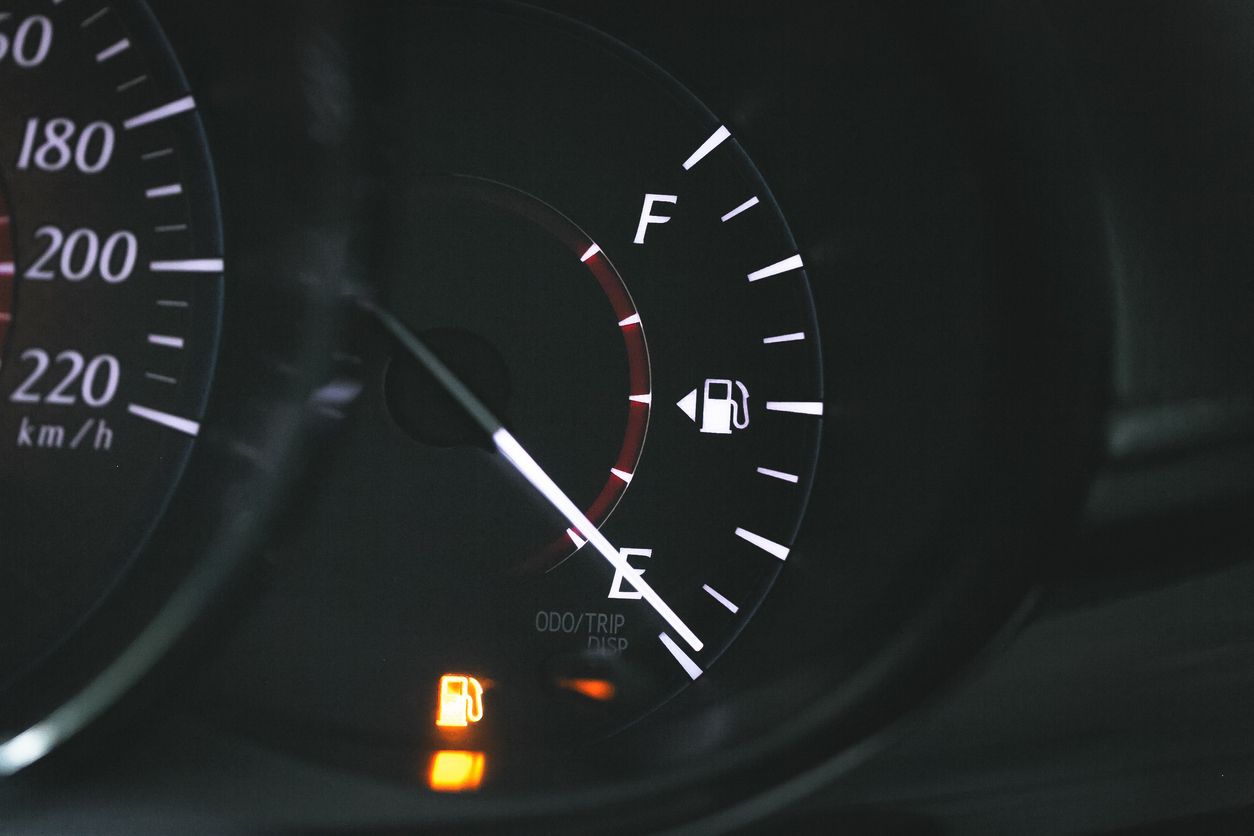Many electric vehicles do not come equipped with an engine or a traditional automatic transmission. Without these components, it may seem as though there would be fewer parts that require regular replacement, maintenance, or repair. However, there are a few essential items you may want to add to your EV maintenance checklist to keep it functioning properly long-term.
Learn what maintenance is required for an electric car and how Firestone's EV services can help keep your vehicle in pristine condition for longer.
1. Prioritize EV Battery Care
Your electric car's high-voltage battery pack is probably the most essential component of your entire vehicle. Not only is it the power source of your EV, but it also saves you money by omitting fuel stops (in some EVs). Therefore, the battery pack should be top of mind.
Don't overcharge your battery.
Unless you’re driving for an extended amount of time, there’s no need to charge your battery to 100 percent. Although this may feel counterintuitive, consistently charging your EV's battery to its max may cause it to wear at a faster rate. Ideally, you’ll want to keep your battery pack’s charge in the 20 percent to 80 percent range.
Note: Always follow your EV’s owner's manual instructions.
Don't undercharge your battery for extended periods.
Avoid leaving your EV's battery with little to no charge for long periods of time. Doing so may also affect your car battery's health and cause degradation at a faster rate. Try keeping your battery's charge at no less than 20% on a regular basis.
Pay attention to where you park.
Heat can eventually wreak havoc on your EV's battery performance, while low temperatures can lower your battery’s range. Look for covered parking during extreme weather conditions to help your battery pack stay in the best shape possible. Your high-voltage battery pack may also have its own cooling system, which could require occasional inspection and maintenance.
2. Change the Oil (If Needed)
Do electric vehicles use oil? It depends, particularly on what type of electric car you have. A plug-in hybrid electric vehicle (PHEV) with a combustion engine will need occasional oil changes and cooling system and fuel and air intake system inspections.
If you can't change the oil yourself, a Firestone Complete Auto Care technician can advise you on your electric car’s oil change schedule, the type of oil that's best for your ride, and more.
3. Maintain Your Brakes
The kinetic energy that EV regenerative braking systems use creates electricity. This conversion of energy provides your battery pack with more power. However, EVs (and hybrids) with regenerative braking systems still have conventional friction brakes with brake fluid, rotors, pads, drums, shoes, etc.
The regenerative brakes and conventional friction brakes work in parallel on your EV. And similar to standard vehicles, getting conventional brake inspections should be a regular part of your EV’s scheduled maintenance.
4. Get Regular Tire Rotations
Getting regular tire rotations may help to reduce tire wear, ensure even tread depth across all four tires, and potentially keep money in your pocket by minimizing frequent tire replacements. All of which is why you should continue to perform tire rotations for your ride.
Tire rotation schedules for EVs are often similar to those of gas or hybrid vehicles: about every 6,000 miles. But you'll want to follow your manufacturer's suggested maintenance schedule for a more vehicle-specific timeline.
In addition to tire rotations, maintaining the appropriate pressure, wheel alignment, and balance of your tires may help to sustain performance and longevity.
5. Inspect/Refill Fluids When Needed
Your hybrid or electric car may still have an engine, which could require oil changes and cooling system inspections. It may not have a traditional automatic transmission, but it likely has a gear reduction ‘transmission’ or gearbox containing lubricant.
The high-voltage power electronics and electric motors are typically cooled by a separate cooling system. The high-voltage battery pack is typically cooled as well, and that system may use air from the passenger cabin, an air conditioning system, or even use another coolant circulating system. You'll still want to keep an eye on the brake and windshield wiper fluid. All service schedules can be found in your car’s owner’s manual.
Maintain Your EV with Help from Firestone Complete Auto Care
What you put into your electric car is what you’ll get out of it. Proper maintenance is vital towards having your electric car for longer and a factor to consider before investing in one. Keep your electric car running smoother, longer with electric vehicle services at your local Firestone Complete Auto Care. Schedule your appointment today!



